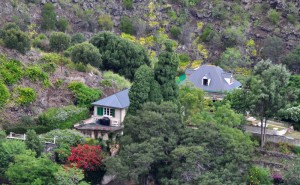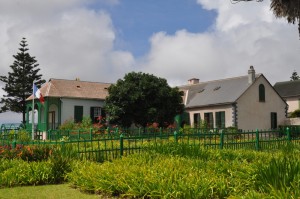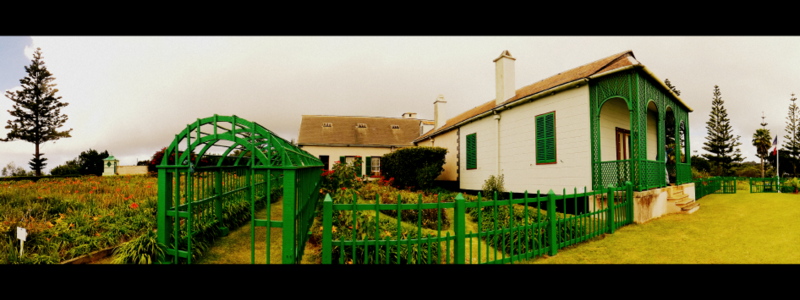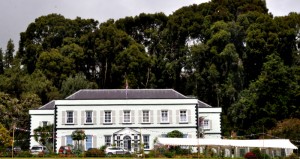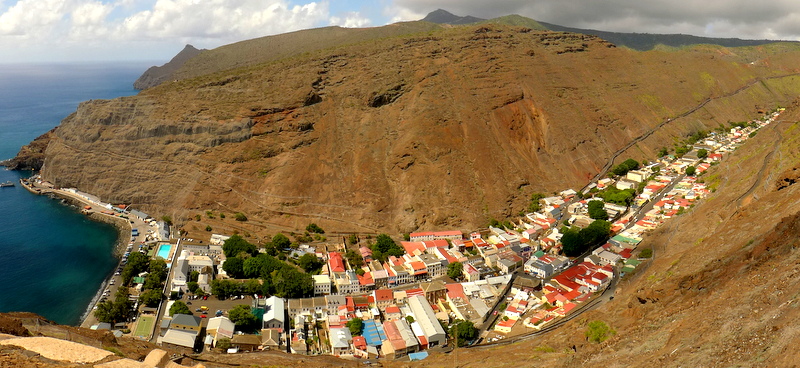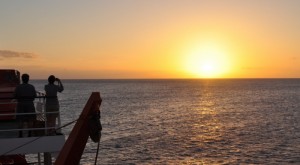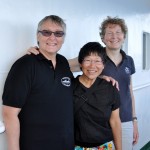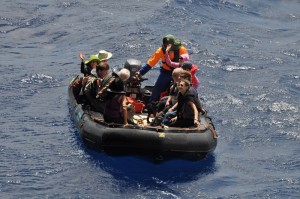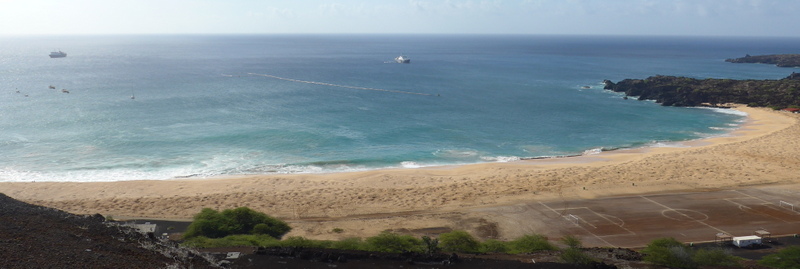Day 27 – 30 (April 19 -22, 2015) : St Helena & Ascension
Day 27 (April 19, Sunday): St Helena – Noon GPS position: 15° 55’ S / 005° 44’ W; Weather 28°C, mixed sunshine & rain showers; Wind E4; Sea 3; 5th Landing
I am in an exuberant mood today watching sunrise from the deck with St Helena in the background. Plancius is already in the harbour while RMS St Helena, a supply ship from South Africa with some 300 passengers arrives at the same time as Ortelius. The poor immigration & customs staff must have the busiest day in their entire working life – with three ships in a single day. We are desperate to go ashore but have to wait till 10:30am for clearance.
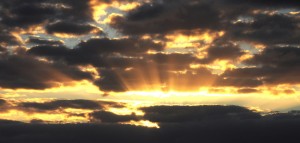 |
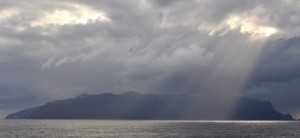 |
 |
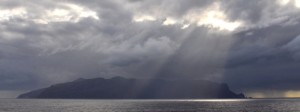 |
St Helena is welcoming. The little streets of Jamestown with colourful colonial buildings are photogenic. Unfortunately everything except the church, pubs, guest houses and the Consulate Hotel is closed. The Post Office and museum have made special arrangements and stay open for us.
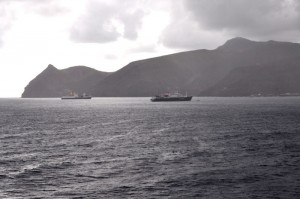 |
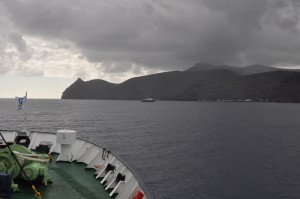 |
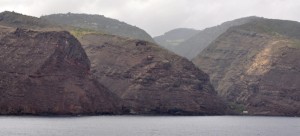 |
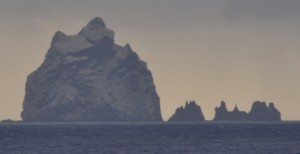 |
Most passengers take the tour arranged by Oceanwide Expeditions. Napoleon is the island’s most famous resident and the tour is inevitably somewhat Napoleonic theme. The first stop is his empty tomb a lush and beautiful valley -a spot he chose for himself. Napoleon is now entombed in the Pantheon in Paris.
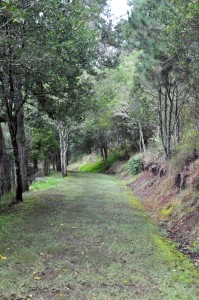 |
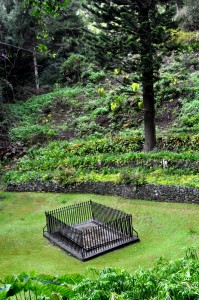 |
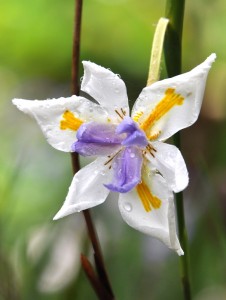 |
The second stop is Longwood House where he was imprisoned. We have a nice guided tour and see many artifacts from his days spent here. I can imagine his agony, loneliness and destitution here after his glorious days as a hero and general and an emperor in high society and civilised Europe. The house has been restored and looks charming with a luxuriant little garden, originally laid out by Napoleon himself. It would be a dream house for me but definitely not for an ambitious emperor!
Our driver offers to show us the new airport which will commence operation next year. We can see a long runway and the construction of a road to the city centre. There will be a weekly regular flight from South Africa bringing in 150 visitors. Several hotels/guesthouses are under construction. It is rumoured that RMS St Helena will stop the monthly journey to the island.
How will the new airport impact on the life of Saints (the name of the locals of the island) and future of the island? Some believe the island will be ruined and their lifestyle gone. It will be interesting to conduct a research and monitor St Helena’s economic and societal changes in an air traffic era. Such a project will be fantastic as there are few places on earth for such a study. As it takes time to design a framework for the research and begin collecting data prior to arrival of the planes and tourists, I hope the local government has already commissioned a research. If not, I am happy to render my free service!
Our fourth stop is the Diana’s peak which affords amazing views of the numerous volcanic outcrops that overhang the island’s valleys and hills, with their patches of pasture grazed by well-fed cattle and little farmsteads.
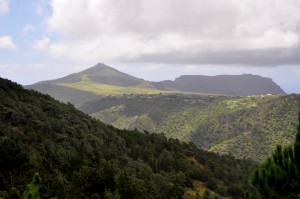 |
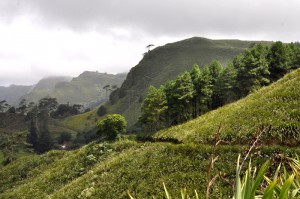 |
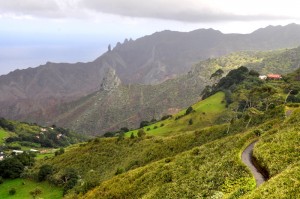 |
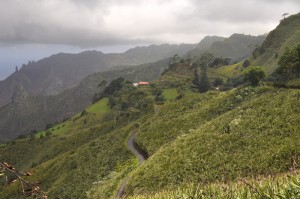 |
The fifth stop is the Plantation House, the main government building with two ancient tortoises (perhaps over 200 years old) quietly grazing (or sleeping) on the lawns right next to the tennis court.
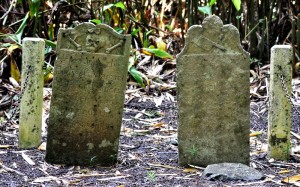 |
I get off at the Fort and return to Jamestown by climbing down the iconic and steep Jacob’s Ladder with 699 steps! Quite an experience and definitely for those afraid of height!
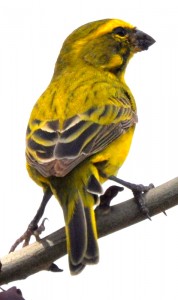 |
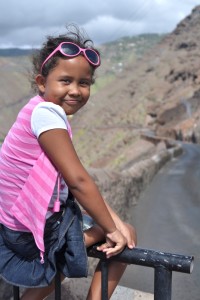 |
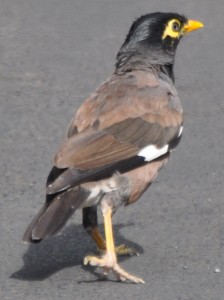 |
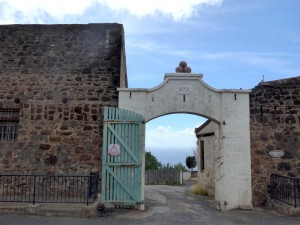 |
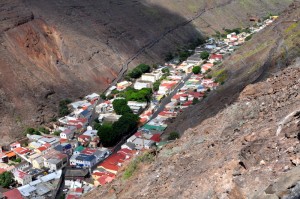 |
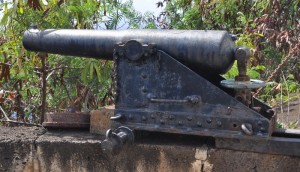 |
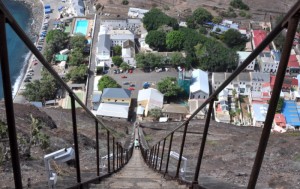 |
Everything here looks miniatures. The museum at the bottom of the Jacob’s Ladder displays lots of artifacts relating to the history of place, ship models, stamps, Napoleon and other political figures as well as prisoners of the Boer War and life on the island. I visit the Anglican Church, walk along the Main Street and stop by White Horse Tavern, a cozy local pub by the Market with a clock tower.
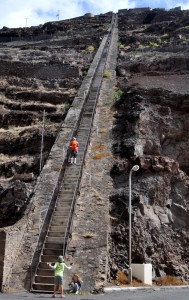 |
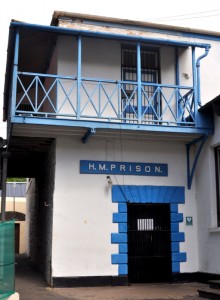 |
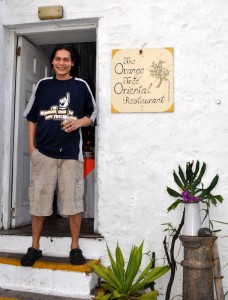 |
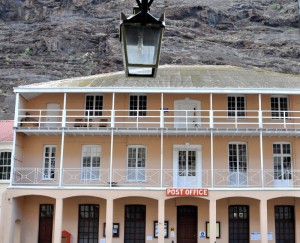 |
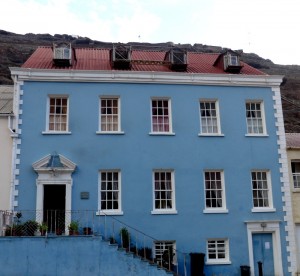 |
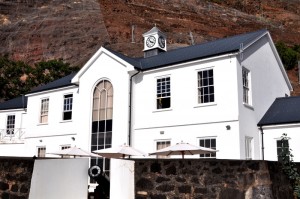 |
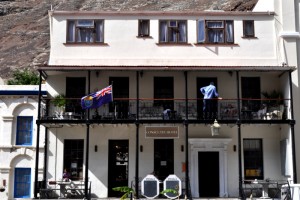 |
According to the owner, a weekly flight from South Africa will commence in June 2016 and the return fare would be about £600. Expecting 150 arrivals a week, the island is busy building a couple new hotels/B&B. I have a cider at the Consulate Hotel (£1.95) and ask a local for opportunities for voluntary work on the island. I find the life on such a remote island fascinating and love to spend a month or two here.
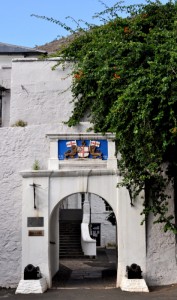 |
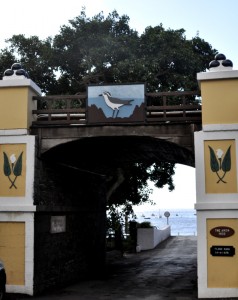 |
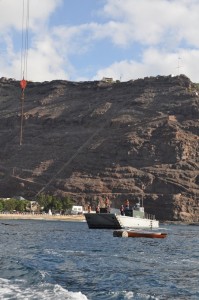 |
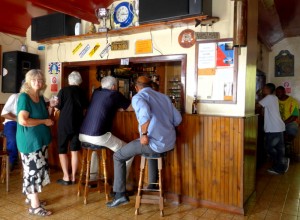 |
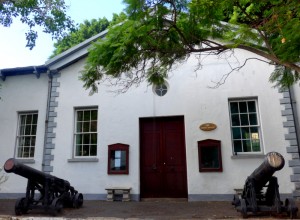 |
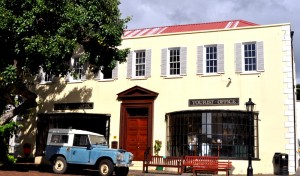 |
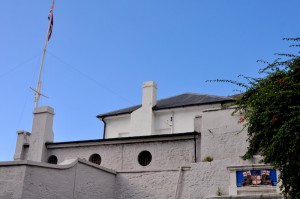 |
Sadly, my land excursion quickly comes to an end. I take the last zodiac at 4pm. As we still have 700nm to go, the Captain wants to set sail before 5pm. I watch Plancius leaving while our ship makes preparation for departure.
I stay on deck watching the most gorgeous and spectacular sunset on this voyage: a brilliant green flash appears just before the sun falls below the horizon. It’s the first time I see this phenomenon so clearly (the last time was on a boat in the Arctic Ocean in late June). I am so excited that I forget to press the shutter for a photo!
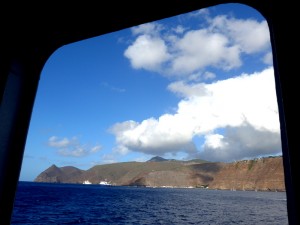 |
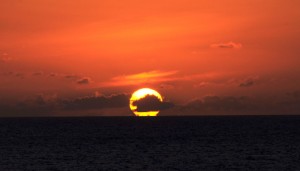 |
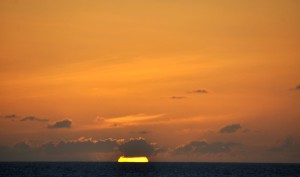 |
I move to the bow hoping to watch the crew taking up the anchor. But something is wrong: the anchor is raised only to be dropped back within minutes. What is happening? Dinner is ready and I proceed happinly to the restaurant for a hearty meal.
The ship is not moving and there in no engine noise. Mentally I am preparing for the worst: I have heard stories about Plancius spending days at sea after an engine failure. Tonight, I rush to the bow to see whether something is happening each time I hear the engine noise. Finally the engineers fix the problem and we are leaving St Helena after 11:30pm – a loss of 6-7 hours! (L-sandwich; D-buffet)
Day 28 (April 20, Monday): At sea- Noon GPS position: 14° 12’ S / 007° 38’ W; Weather 29°C, sunshine; Wind ENE4; Sea 3; 1 lecture
The sea is calm and the journey is coming to an end soon. I must hurry and issue a survey report before 30 passengers disembarking at Ascension.
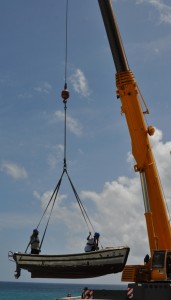 I get up late but in time for Victory’s lecture on ‘A History of Ascension Island Part I – The Early Years’. The island located at 7°56’S 14°22’W with an area of 34 sq miles was discovered by João da Nova in 1501. It is 1,600km from Africa, 2,250km from South America and 1,300 from St Helena. Britain took possession and placed a garrison on the island during Napoleon’s imprisonment. At its beginning, the island was categorized as a ‘Sloop of War of the smaller class’, with all people on the island being treated as its crew and under naval authority!
I get up late but in time for Victory’s lecture on ‘A History of Ascension Island Part I – The Early Years’. The island located at 7°56’S 14°22’W with an area of 34 sq miles was discovered by João da Nova in 1501. It is 1,600km from Africa, 2,250km from South America and 1,300 from St Helena. Britain took possession and placed a garrison on the island during Napoleon’s imprisonment. At its beginning, the island was categorized as a ‘Sloop of War of the smaller class’, with all people on the island being treated as its crew and under naval authority!
The after-lunch documentary consists of two clips of black-and-white film from the 1950s and early 1960s about Tristan da Cunha – one showing the volcanic eruption and evacuation of the islanders and the other put together by the ‘Society for the Propagation of the Gospel’ showing life on the island.
As the day is boiling hot, we are given an opportunity to freshen up in close encounters with spouting ocean water, pumped directly from the sea to a sort of ‘car wash’ style shower on the bow. I spend most of the day in my cabin on the survey findings but come out for a hose-down at the helipad in the late afternoon. I join the third around of Team Trivia game for fun.
I hope to see the green flash again and stay on deck to watch sunset. I miss the recap for the first and only time on this voyage when Karin and Carin, talked about their dive at St Helena. (Fortunately, they kindly arrange a private viewing for me!)
Tonight, we have a wonderful BBQ dinner on deck under a starry sky. The pan-fried fresh tuna from St Helena is most delicious! I also have a lively chat with Bob about China, Hong Kong, Tibet and behaviours of different types of travellers.
I watch the film ‘ A Girl with Dragon Tatoo‘ which has a complicated plot. I have read the novel and enjoy the film too. I work till 2am to finish the 5-page survey report (L-?; D-BBQ on deck)
Day 29 (April 21, Tuesday): At sea – Noon GPS position 10° 56’ S / 011° 15’ W; Weather 30°C, sunshine; Wind ESE4/5; Sea 4; 2 lectures
Today is the last day for the ship with 67 passengers on board. Before breakfast, I ask Hotel Manager Robert to print a copy of my report for posting in the notice board. I also upload a copy in the computer in the bar for public consumption.
We have a packed programme today. At 9am, Karin, the TCT recorder holder with diving in 141 countries and a lawyer by profession, talks about ‘Diving around the World’. She shows wonderful photos of the sea world and her encounters with marine creatures. I am a recreational diver and fully appreciate her joy and fascination for the underwater world.
Frank then shows the video on Peter I Island from our previous trip. The sight of Peter I Island brings back happy memories of the Antarctica Odyssey, the unworldly beauty of the White Continent and unique experience of a journey to one of the remotest islands on earth.
Victoria, the third speaker this morning continues with her lecture – ‘A History of Ascension Island Part II: Into the Technological Age’. Darwin came to Ascension in 1836 together with Hooker and they sowed the seed for ‘terraforming’ the barren island. Following the departure of the navy, the island came under the control of the Eastern Telegraph Company (1922; later Cable & Wireless) and the administration of a British administrator in 1960s. Then came the Americans who built an airport for military use. During the Falkland conflict with Argentina, the island served as a supply base. Today, it remains an important communications centre. The island has no resident – all are just ‘employees’ with no rights to live there after retirement. A weird place with a strange history and uncertain future!
I have a busy afternoon; settling my hotel bill, attending Christian’s lecture on ‘Seabirds to Extinction – the South American View’ and taking part in the Team Trivia game. Finally our team (Carole, Don and I) wins and I get a key-ring as a prize!
We gather at the lecture room to watch a slide show entitled ‘Bound for Bouvet‘ prepared by Frank Morris (we have four Franks on the ship). Happy ending with many unforgettable memories! (L-lasagne; D-BBQ with steak and fish)
Day 30 (April 22, Wednesday): Ascension Island – Noon GPS position 07° 56’ S / 14° 22’ W; Weather 31°C, sunshine; Wind ESE4/5; Sea 4; 6th and 7th Landing; 1400nm to Cape Verde

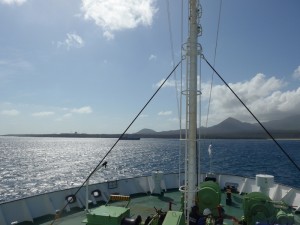 We have sailed 6,265nm from Ushuia to Ascension! I get up early to watch our ship approaching the island. Unfortunately, we have to wait for a long time for customs and immigration clearance. Sadly two passengers with Russian passports are not allowed to land. While waiting to get ashore, I watch Flying fish, Bulwer’s petrels, Brown boobies, Sooty terns and Black (White-capped) noddies in the air.
We have sailed 6,265nm from Ushuia to Ascension! I get up early to watch our ship approaching the island. Unfortunately, we have to wait for a long time for customs and immigration clearance. Sadly two passengers with Russian passports are not allowed to land. While waiting to get ashore, I watch Flying fish, Bulwer’s petrels, Brown boobies, Sooty terns and Black (White-capped) noddies in the air.
This volcanic island is hot and barren except areas that have been turned green mainly by design (rather than Mother nature). Both St Helena and Ascension were used by the Allies to base patrolling anti-surface-commerce-raider and anti-submarine warfare forces against the Axis powers’ naval units. Today, US and UK still jointly operate the airfield and the island serves as a space-based communications, signals intelligence and navigation nexus and hub (Ground station). One of the only five GPS satellite ground stations is located here. The BBC Atlantic Relay Station is located at English Bay while the Ariane Tracking Station is on the eastern side of the island. The topography, volcanic appearance, numerous antennas and satellite dishes give the island a unique futuristic feel!
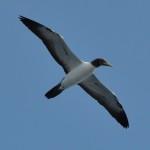 |
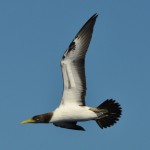 |
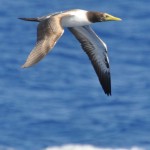 |
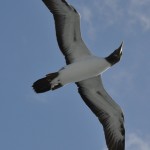 |
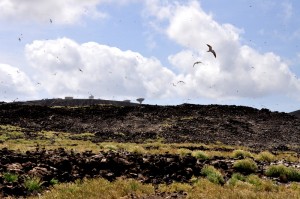 |
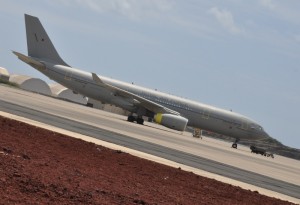 |
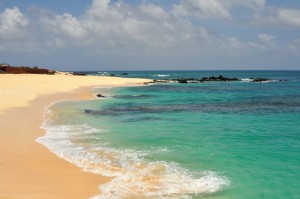 |
Passengers leaving the ship here disembark first. I watch some of them struggling to get into the zodiac safely as the swell keeps the zodiac moving up and down. Then the remaining passengers follow and I land at the pierhead just before 1pm. I wander around the tiny Georgetown centre which consists of a few colonial buildings, St Mary’s Church, a cricket pitch, post office, hotels and some bungalows. The total number of employees/inhabitants on the island is around 1,500. Two donkeys are also wandering around on the cricket pitch. It is so hot that I do not want to move!
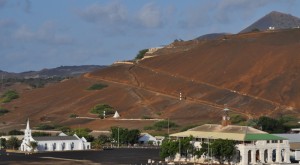 |
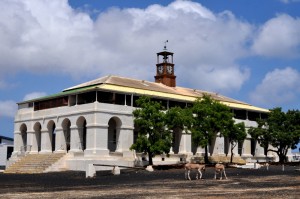 |
The bus tour starts at 1:30pm. We are met by a dozen local guides each takes us into his/her vehicle. I like travelling in small groups. Our first stop is Wideawake Fairs close to Mars Bay to see a big colony of nesting Sooty terns. On the way, we pass the American Wideawake Airbase where a RAF plane is on the runway. The terns are nesting on the arid lava fields not far from the shore. After a short walk we are able to observe the terns from fairly close, ensuring not to disturb them or change their behaviour. The colony site, with hundreds of birds on the surface of the lava, is very impressive.
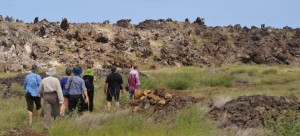 |
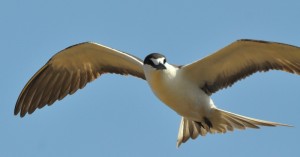 |
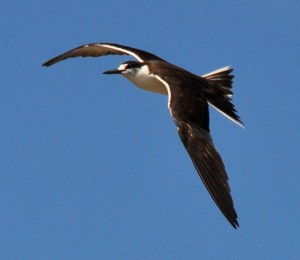 |
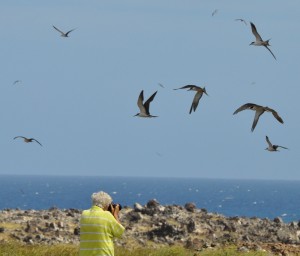 |
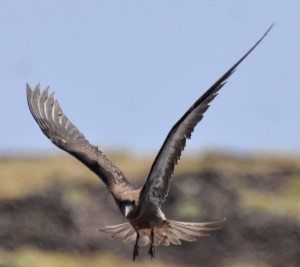 |
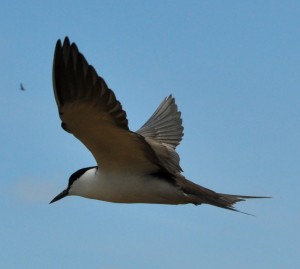 |
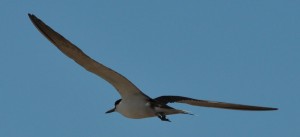 |
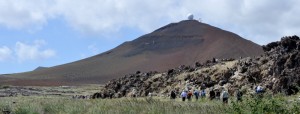 |
Our next destination is the Green Mountain National Park. The road to the top of the mountain is very narrow and steep with many hair-pin turns. We find another world near the top of the mountain – cool and green in contrast with the arid and barren lowland. We continue on foot from the location of the former Green Mountain settlement/farm to the old fortress near the mountain crest, which overlooks an area on Ascension designed for water-collecting. It is pleasantly cool with strong wind and mist.
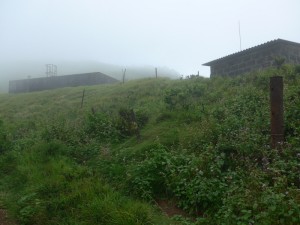 |
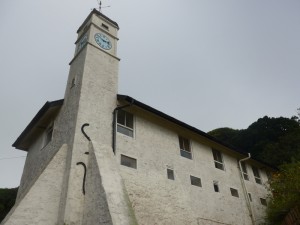 |
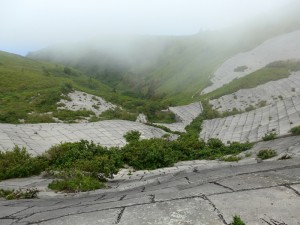 |
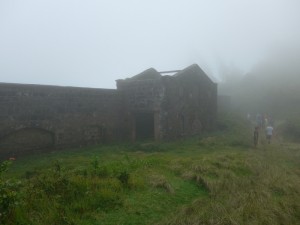 |
On our way down, we pass the Two Boats Village built by BBC before having a rest at the Bedford Fort ruin with two Victorian cannons. We have a fantastic view of the northwest and northeastern part of the island.
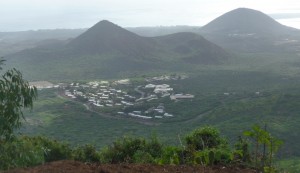 |
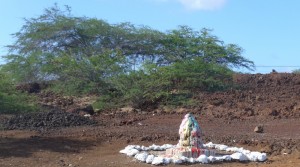 |
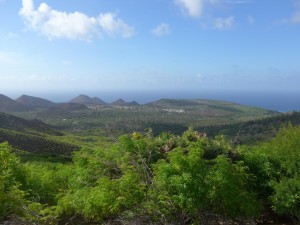 |
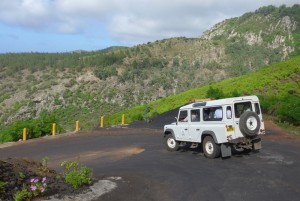 |
Finally, I get off at and visit the museum. The £2-ticket also includes a visit to Fort Hayes which affords an awesome view of the coast and beaches, Georgetown and volcanic conical hills at sunset. I take the 6pm zodiac back to the ship for dinner.
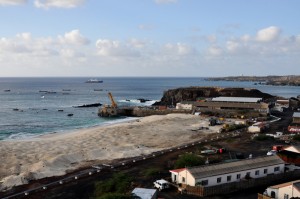 |
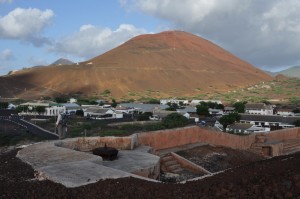 |
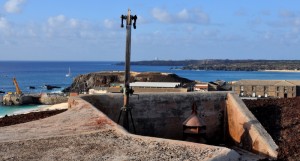 |
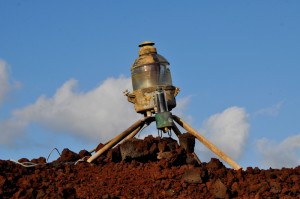 |
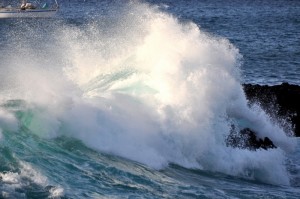 |
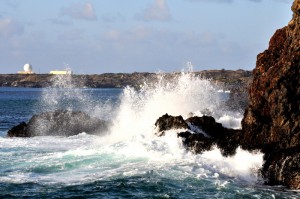 |
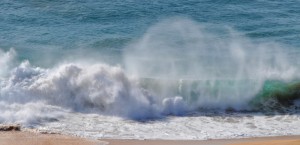 |
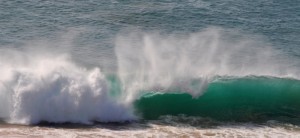 |
As swell is still a problem, I expect Jan to cancel the night turtle viewing trip. To my surprise, he considers the swells manageable. It is not surprising to find only 13 passengers willing to jump into a zodiac in darkness on a rough sea! As a professional tourist, I of course never let go any chance for new experience and adventure.
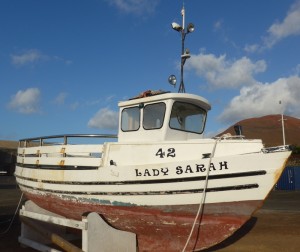 I get into the first zodiac and jump off safely at the pier. It is a wet landing owing to rising tide and swells. We meet up with our friends staying at hotel before walking to the beach with our local guides. I say goodbye to Karin and Tao for the third and last time today.
I get into the first zodiac and jump off safely at the pier. It is a wet landing owing to rising tide and swells. We meet up with our friends staying at hotel before walking to the beach with our local guides. I say goodbye to Karin and Tao for the third and last time today.
Ascension is a breeding ground for green turtles. Some 2,000 turtles come here a year to lay eggs. Our local guide spots some newly hatched baby turtles from a sand pit. It is exciting to watch 20-30 baby turtles emerging and scrambling towards the open ocean. Then we watch an exhausted female pushing sand to cover the eggs she has just laid before returning to the sea. Only 0.1-0.01% of the cute baby turtles can survive and return to mate and lay eggs when they reach reproduction age.
Back on the ship before 11pm, I have a cold beer in the bar to celebrate a great activity day. I am thrilled to see a couple of dolphins chasing Flying fish from the bow. There are also several turtles, dozen of baby turtles and squids swimming close to the boat. What a wonderful night! (D-steak and fish)



